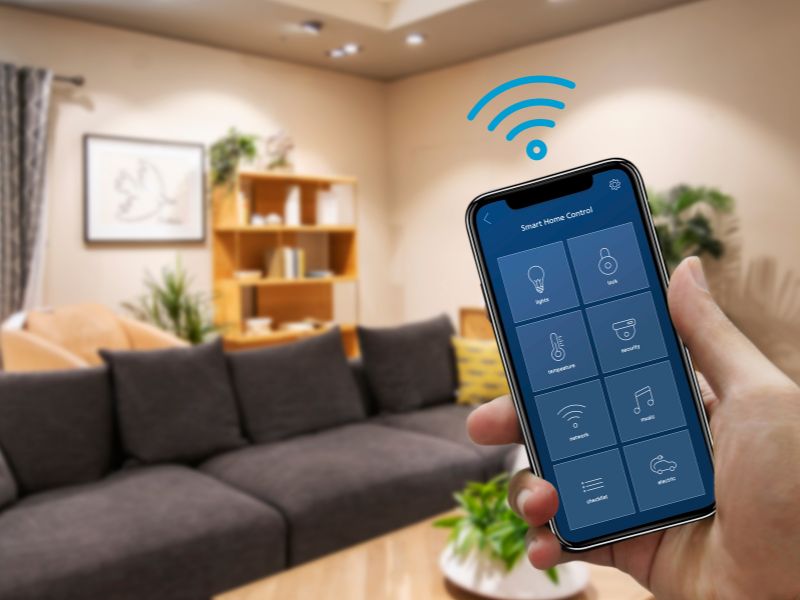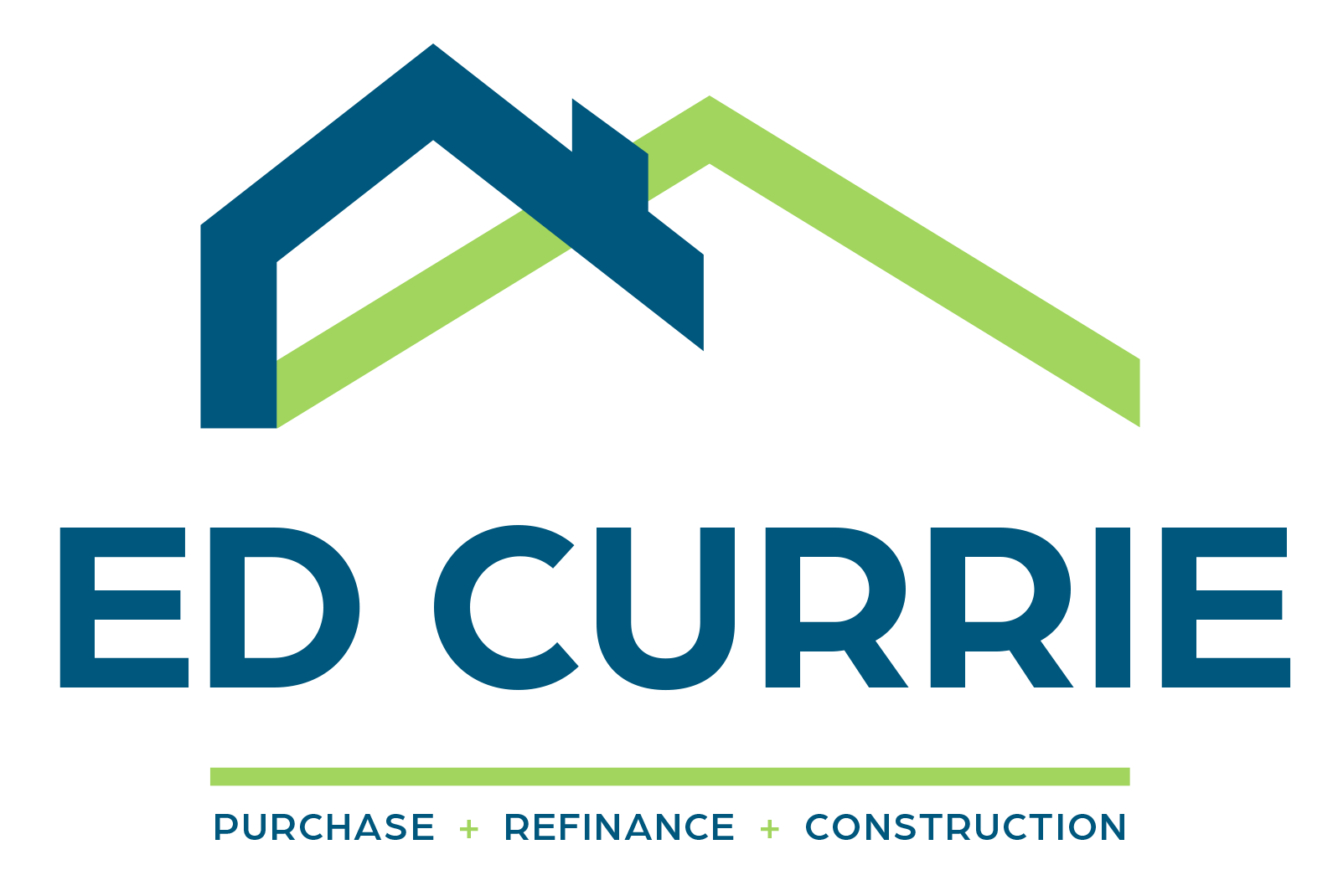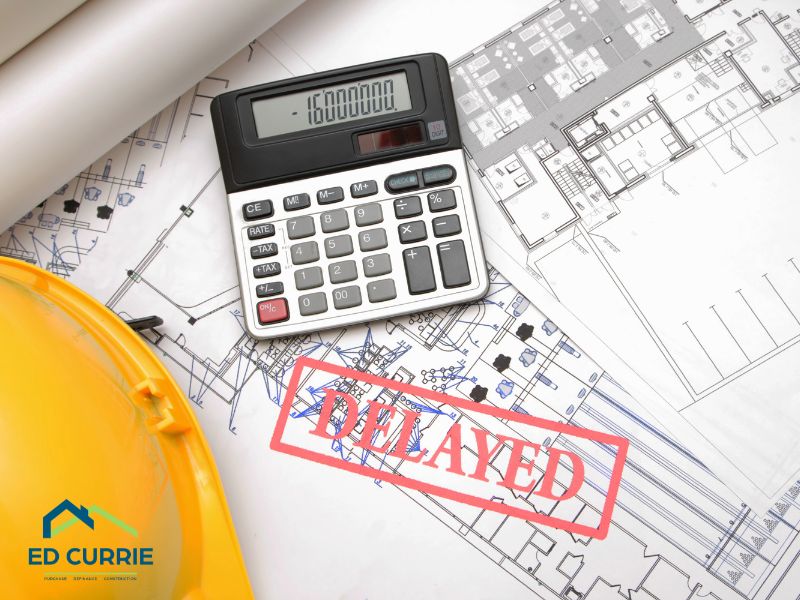 As technology continues to shape every part of our lives, it’s no surprise that smart home features are becoming a top priority for new construction projects. From voice-controlled lighting and thermostats to advanced security systems and energy-efficient automation, these features add convenience and value to modern homes. If you’re building a home, you may wonder if a construction loan can cover the cost of integrating smart technology, the good news is, it can.
As technology continues to shape every part of our lives, it’s no surprise that smart home features are becoming a top priority for new construction projects. From voice-controlled lighting and thermostats to advanced security systems and energy-efficient automation, these features add convenience and value to modern homes. If you’re building a home, you may wonder if a construction loan can cover the cost of integrating smart technology, the good news is, it can.
What Smart Home Features Can Construction Loans Cover?
Construction loans are versatile and can be tailored to meet your specific needs, including funding for smart home technology. The key is to include these features in your construction plans from the outset. Work with your contractor to identify the smart systems you want to install.
- Lower-Cost Features:
Examples of more affordable options include voice-controlled lighting systems ($100–$200 per room), smart plugs ($25–$50 per unit), and basic smart thermostats ($200–$300). These upgrades are ideal for homeowners looking for an entry-level smart home setup that doesn’t break the budget. - Higher-Cost Features:
For a more advanced smart home, consider integrated security systems with surveillance cameras ($2,000–$5,000), whole-home automation systems ($10,000–$25,000), or high-end energy management systems ($5,000–$8,000). These systems provide extensive control, security, and efficiency, but they require a larger investment.
By providing your lender with a detailed budget and outline of these features, you can ensure that they are factored into your construction loan.
Why Incorporate Smart Home Technology During Construction?
One major benefit of integrating smart home technology during construction is seamless installation. Unlike retrofitting an older home, which can be disruptive and expensive, incorporating these systems into your home’s infrastructure ensures everything is designed to work together. For instance, wiring for a centralized automation hub can be done as part of the construction process, saving time and effort later.
Balancing Costs and Long-Term Value
Although smart home technology requires an upfront investment, it often pays off in the long term. For example, a smart thermostat can save homeowners up to 15% on annual energy bills, while a comprehensive security system can reduce home insurance premiums.
Smart technology also adds a layer of future-proofing to your home. As technology evolves, having a foundation of integrated systems makes it easier to upgrade or expand in the future.
How to Get Started with a Construction Loan for Smart Technology
To finance your smart home vision, begin by consulting with your contractor and lender. Provide a detailed list of the smart features you want, their estimated costs, and how they will be incorporated into the overall construction plan. Most lenders are familiar with the growing demand for smart homes and are willing to accommodate these features in construction loan agreements.
By leveraging a construction loan, you can bring your tech-savvy vision to life without compromising on your dream home’s design or functionality.




![EdCurrie_Logo White[Transparent] EdCurrie_Logo White[Transparent]](https://edcurrie.com/wp-content/uploads/elementor/thumbs/EdCurrie_Logo-WhiteTransparent-qybu3sjgpfhje9098uitv7fpt7os2hgn52gfy6ocx4.png)